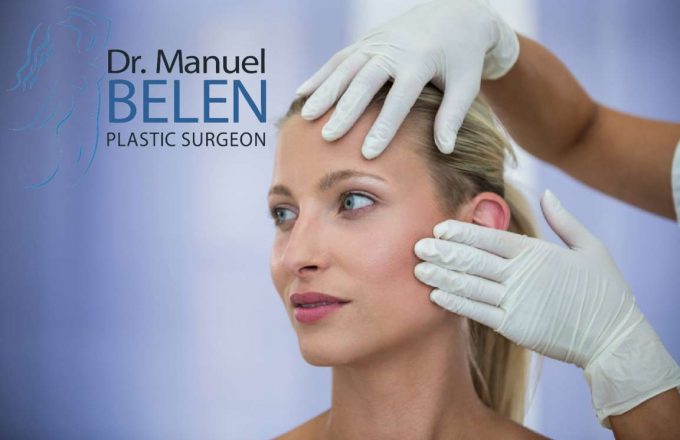Rhinoplasty
Nose surgery (rhinoplasty) is an operation frequently performed by plastic surgeons. This surgical procedure can produce changes in the appearance, structure and function of the nose. Rhinoplasty can increase or reduce or increase the size of the nose, change the shape of the tip, narrow the widths of the wings or change the angle between the nose and the upper lip, this operation can help correct birth defects, injuries nasal and some respiratory problems.
There is no universal type of rhinoplasty that meets the needs of each patient. Rhinoplasty surgery is designed for each patient, depending on their needs. The incisions can be made inside the nose or hidden in inconspicuous places in the nose even when an open rhinoplasty is performed. Internal nasal surgery to improve breathing may be performed at the same time as the rhinoplasty.
The best candidate for this type of surgery is the individual seeking improvement, not perfection, in the appearance of their nose. In addition, having realistic expectations, good health, and psychological stability are important characteristics in a patient considering rhinoplasty. Rhinoplasty can be performed in conjunction with other surgeries.
Alternative Treatment
Alternative forms of management consist of not performing rhinoplasty surgery. Certain abnormalities of the internal nasal airway may not require surgery on the outside of the nose. There are potential risks and complications associated with alternative forms of treatment that require surgery, such as septum plasty, to correct nasal airway abnormalities.
risks
The initial surgery is critical to achieving a long-lasting and aesthetically pleasing result, as the tissues are not distorted by previous surgeries. You must be meticulous in the procedure, with a few millimeters you can produce alterations with dramatic consequences.
Post operative care
- Antibiotics for 3 days.
- Analgesics.
- Nasal saline solution to reduce congestion.
- Patient must remain at rest with the head at 45 degrees to reduce edema.
- Periorbital cold compresses in the first 48 hours.
- Do not manipulate the nose for the first 3 weeks.
- Sneeze through the mouth.
- Keeping the nasal splint dry, it is recommended to wash it in the hair in a beauty salon, with your head facing backwards.
- Liquid diet the first day and then a soft diet for 2 weeks, to avoid excessive movement of the lips.
- Postoperative control on the fifth day for suture and splint removal.
- Patient cannot wear lenses on the nasal dorsum for at least 4 weeks.

.png)
